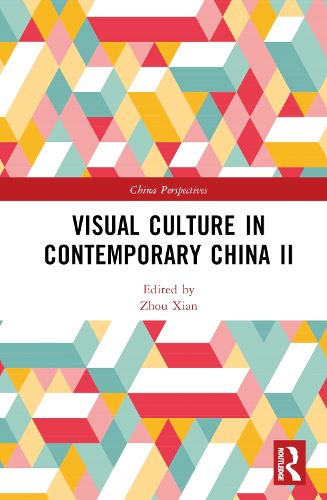Readings Newsletter
Become a Readings Member to make your shopping experience even easier.
Sign in or sign up for free!
You’re not far away from qualifying for FREE standard shipping within Australia
You’ve qualified for FREE standard shipping within Australia
The cart is loading…






The second in a two-volume series that explores the interplay between social transformation and visual culture in contemporary China, this book examines the profound changes in the cityscapes, visual regimes, and visual technologies that shape the aestheticization of everyday life.
Drawing on an approach of Marxist historical materialism and interdisciplinary resources from sociology, communication and art, this volume investigates three key aspects of visual culture in modern China: the transformation of urban landscapes and its impact on cultural autonomy and local identity; the development of visual regimes, focusing on public museums as sites for the construction of public visuality; and the role of visual technologies in reshaping everyday life, from the influence of television on traditional customs to the rise of Internet subcultures.
The title will provide valuable insights for scholars and students of Chinese, cultural and urban studies, as well as readers interested in the ongoing visual transformation of contemporary Chinese society.
$9.00 standard shipping within Australia
FREE standard shipping within Australia for orders over $100.00
Express & International shipping calculated at checkout
The second in a two-volume series that explores the interplay between social transformation and visual culture in contemporary China, this book examines the profound changes in the cityscapes, visual regimes, and visual technologies that shape the aestheticization of everyday life.
Drawing on an approach of Marxist historical materialism and interdisciplinary resources from sociology, communication and art, this volume investigates three key aspects of visual culture in modern China: the transformation of urban landscapes and its impact on cultural autonomy and local identity; the development of visual regimes, focusing on public museums as sites for the construction of public visuality; and the role of visual technologies in reshaping everyday life, from the influence of television on traditional customs to the rise of Internet subcultures.
The title will provide valuable insights for scholars and students of Chinese, cultural and urban studies, as well as readers interested in the ongoing visual transformation of contemporary Chinese society.